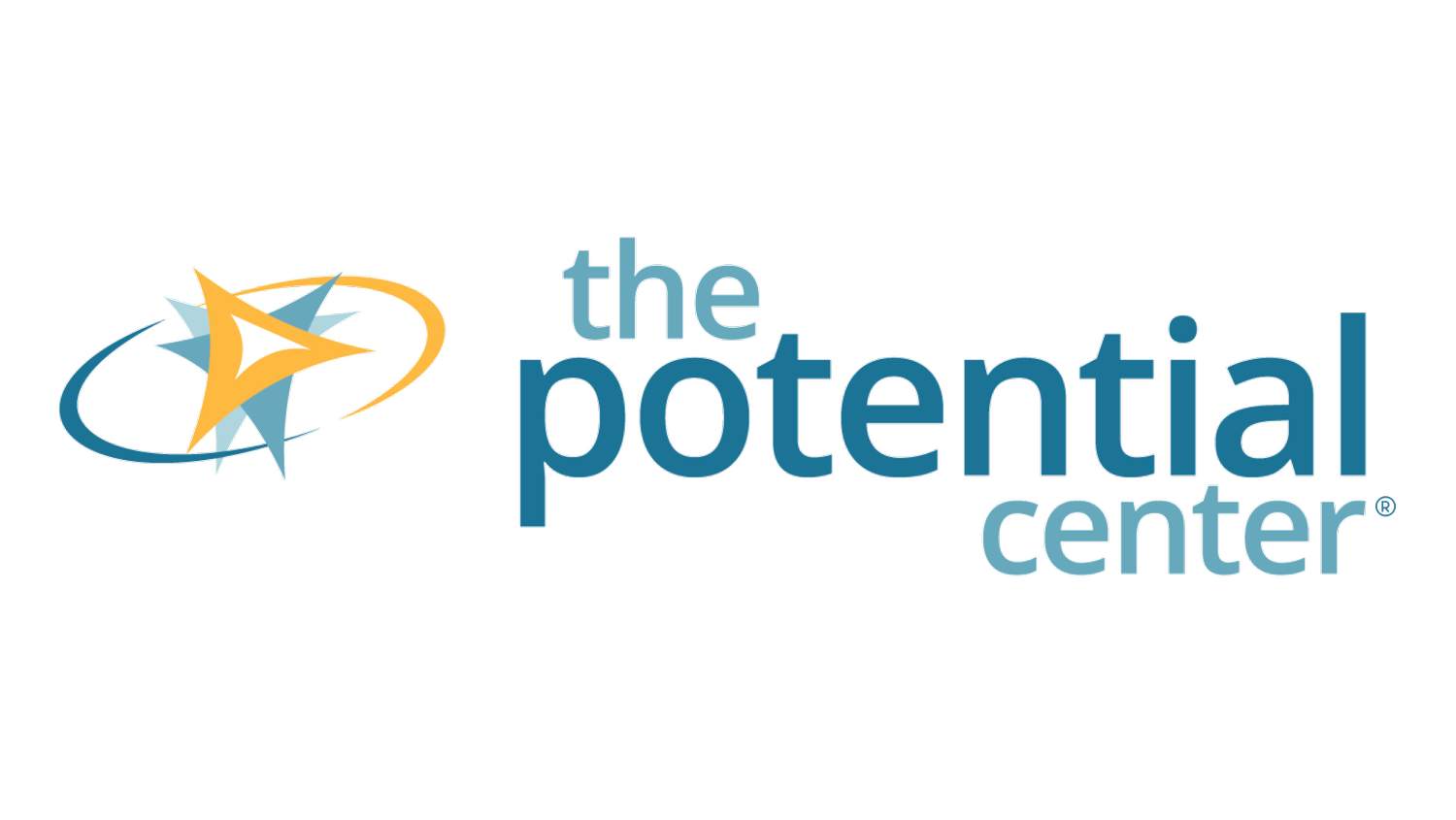The cost of losing institutional knowledge
The perfect picture of engaged employees (Pic by Brooke Cagle for Unsplash)
“Only 32% of U.S. employees are engaged”
Why having disengaged” staff is a problem
I talk a lot about disengaged staff. That’s because it’s so darned important!
We’ve all had experiences of sharing workspace with someone who isn’t engaged in their work (it’s not fun) and it’s no surprise when they leave. Losing an employee, though, has consequences, from reallocating work to already over-stretched employees, to additional time and cost for recruiting their replacement. There’s another, less obvious, consequence which is brain drain – the priceless knowledge lost when employees leave. So the last thing you want is disengaged employees.
The term “employee engagement” relates to the level of an employee's commitment and connection to an organization. An engaged employee is someone who is fully absorbed by and enthusiastic about their work, and they feel their efforts make a difference. They feel they belong to a team, and they know there are consequences for the whole team when they don’t come through.
Why having disengaged staff is a problem
Having disengaged staff has a number of repercussions. One is high staff turnover. This on its own is bad enough when you consider the costs that come with hiring and training new staff. But the institutional knowledge that walks out the door is priceless.
The benefits of improving engagement
When staff are engaged, you’re more likely to retain top performers. Not only that, there are additional benefits such as improved organizational performance, more loyal customers, and an increased likelihood that your organization will thrive.
How to get to engagement
I’ve found that the most efficient way to achieve greater employee engagement is through team-based creative problem-solving. Not only does it naturally encourage engagement, it also provides these benefits: 1) creative problem-solving helps solve strategic problems, and 2) it builds stronger teams.
I coach leaders in how to facilitate creative problem-solving and innovation, and how to support their staff as they further develop these skills.
Although everyone has the ability to be a creative thinker, it may be difficult to get an entire team on the same page. However, if you follow my Light Bulb Thinking™ framework and use it repeatedly, you’ll experience a more stable and engaged team, and outcomes that could improve your bottom line.
I offer a few different options for helping you create a culture of creative problem-solving and innovation. If you want to see what this could look like for you and your team, let’s hop on a call. We may discover, for example, that your problem isn’t the right problem to address. Schedule a time to talk here.

